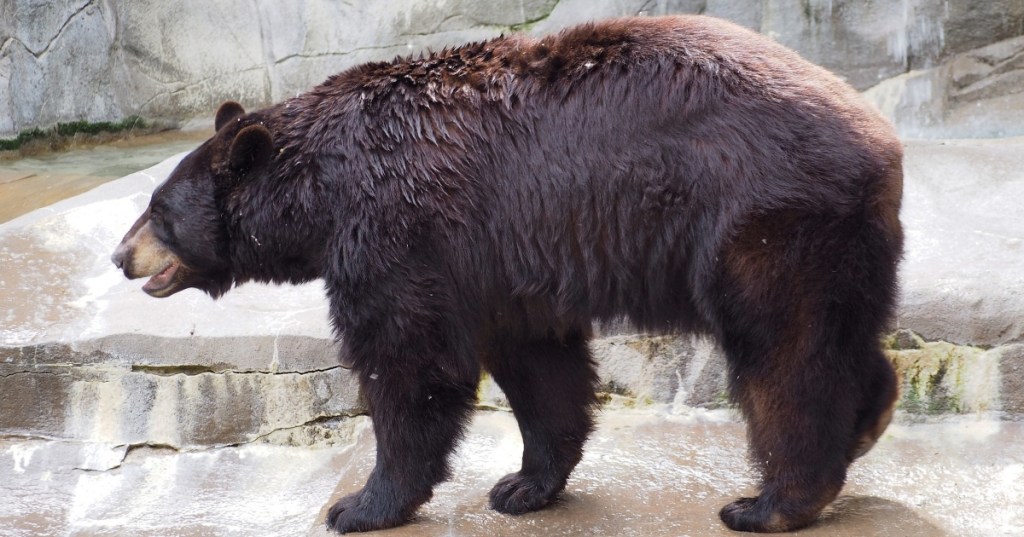Do you ever wonder why some black bears actually appear brown? A new study provides insight into this phenomenon and other differences between the black and brown, or grizzly bear, species.
Photo Credit: Pixabay
The American black bear is a medium-sized bear prevalent in North America, and despite their name, some are obviously brown. Black bears that appear brown are often confused with brown bears, also called grizzly bears.
This color change was originally thought to be a mimicry strategy, when one species of animal resembles another species with easily recognizable characteristics, often used to deceive a common predator. But the study, published in Current Biology, says the “cinnamon morph” is to blame.
Researchers at HudsonAlpha, the University of Memphis, and the University of Pennsylvania tested DNA and hair samples from hundreds of North American bears and identified the gene variant (TYRP1R153C) that affects melanin, the pigment coloration produced by the skin’s melanocytes. These “cinnamon morph” black bears have the gene with the dominant reddish-yellow pigment pheomelanin, at concentration levels like brown bears.
Photo Credit: Pexels
These findings suggest that instead of mimicking, black bears evolved to blend in better with their environment.
“Based on its wide range today, the TYRP1R153C mutation that arose in black bears over 9,000 years ago probably gave an advantage to the cinnamon bears,” Emily Puckett, Ph.D., an Assistant Professor of Biological Sciences at the University of Memphis, said in a statement.
Interestingly, this variant is similar to one responsible for human albinism, and sometimes poor eyesight. Luckily the bears have not exhibited visual problems.
